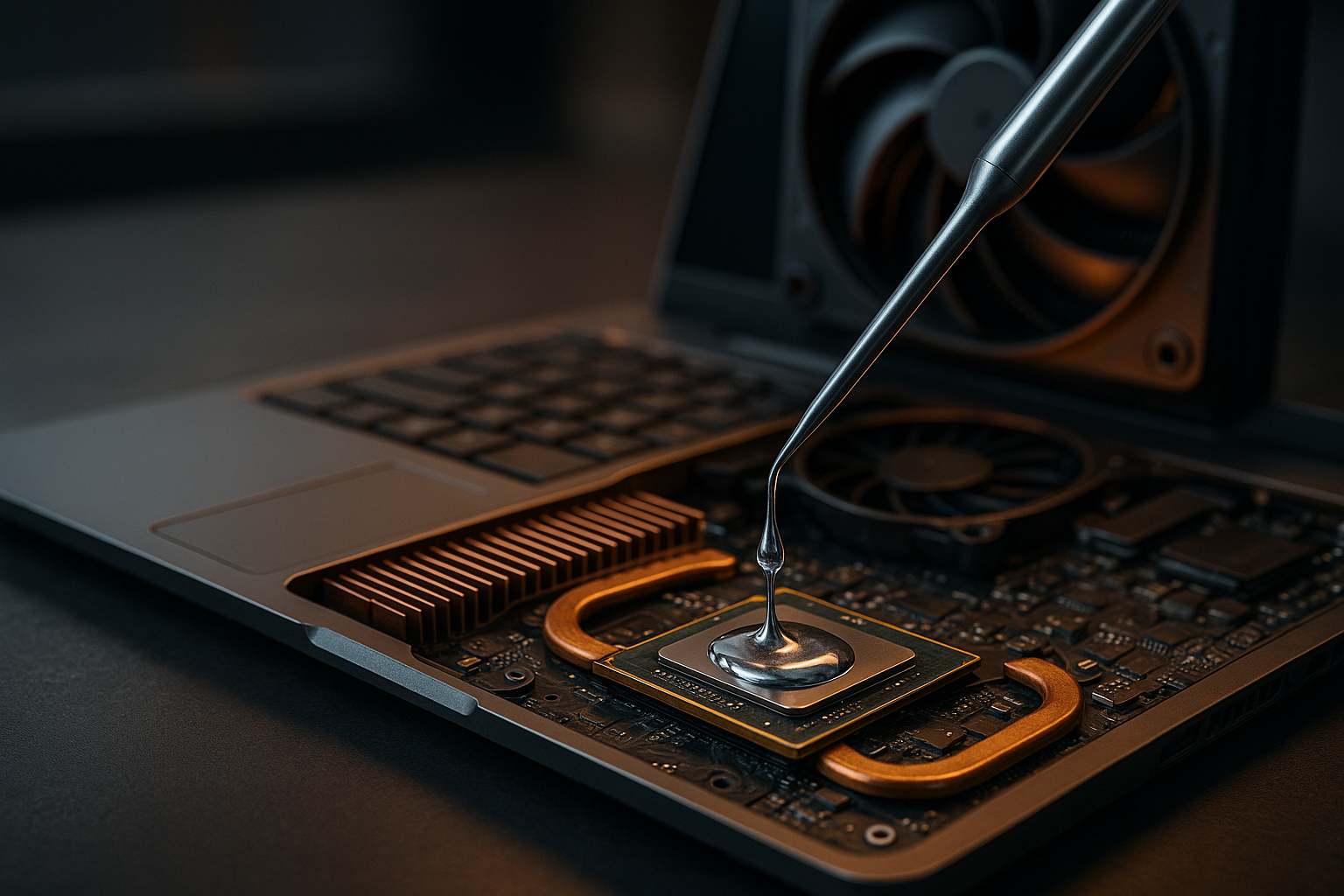Energy-efficient hardware choices for year-round use
Energy-efficient hardware choices can lower power consumption and extend device lifespan across seasons. This overview highlights practical hardware, cooling, and connectivity options to match performance needs while reducing energy use at home or in small offices.

Selecting hardware that balances performance with energy consumption helps maintain comfortable year-round operation for home offices and small businesses. Thoughtful choices in processors, motherboards, storage, displays, cooling systems, and accessories reduce power draw and heat output while preserving responsiveness. Regular firmware updates, proactive maintenance, and targeted benchmarking inform upgrade and repair decisions so systems run efficiently across seasons without unnecessary replacements.
How to choose processors for efficiency?
Modern processors vary in core count, clock speed, and thermal design power (TDP). For energy-sensitive usage, consider chips that offer dynamic frequency scaling and efficient idle states. Many processors include low-power modes that reduce voltage and frequency when full performance is unnecessary, which benefits both laptops and desktops. Match processor selection to typical workloads—light multitasking and web use favor energy-efficient mobile or low-TDP desktop CPUs, while sustained heavy loads need better cooling to avoid inefficient thermal throttling.
Which motherboards and components reduce power draw?
Motherboards with integrated voltage regulation and power-saving BIOS/UEFI options can trim idle consumption. Look for boards with efficient VRMs, solid-state capacitors, and built-in power phase control for quieter, more stable operation. Components such as RAM with lower voltage ratings, modular power supplies with high efficiency ratings (80 Plus Gold or above), and SSDs instead of spinning drives help reduce overall system power. Properly configured firmware and selective disabling of unused controllers (onboard audio, extra SATA ports) also cut wasted energy.
What storage and displays save energy?
Solid-state storage (NVMe or SATA SSDs) uses less power and produces less heat than hard disk drives, especially in active server or workstation environments. For displays, choose panels with adjustable backlight controls and LED backlighting; look for ENERGY STAR or equivalent energy labels where available. Use automatic brightness or ambient light sensors to reduce display power during evenings or low-light conditions. When multiple displays are not required, a single high-quality monitor often consumes less energy than multiple lower-end screens.
How do cooling and firmware affect efficiency?
Efficient cooling keeps components in their optimal thermal range so they don’t draw extra power to compensate for heat-induced inefficiencies. Use case airflow designs, quality fans with PWM control, and consider heatpipe or liquid cooling where appropriate. Fan curves set in firmware can balance noise and power: gentler curves reduce fan power during light use and ramp up only when temperatures rise. Keep firmware updated—manufacturers sometimes improve thermal management, power states, and security patches that indirectly improve efficiency.
How can connectivity, wireless, and peripherals help?
Network adapters and wireless modules vary in power use; newer Wi‑Fi standards often provide better throughput per watt. Disable unused radios (Bluetooth, Wi‑Fi) when not needed or use scheduled power management for networked peripherals. Choose peripherals and accessories designed for low standby power—USB-powered keyboards and mice with sleep modes, power-efficient external drives, and monitors with reliable sleep/wake behavior. Properly configured connectivity and peripherals reduce background energy drain and simplify cable and accessory management.
When to plan upgrades, repairs, benchmarking, and maintenance?
Regular maintenance—dusting, reapplying thermal paste when needed, and checking fan operation—preserves cooling efficiency and prevents power-hungry thermal states. Benchmarking under typical workloads helps determine whether performance is limited by hardware or thermal constraints before committing to upgrades. Repairs such as replacing failing fans or aging power supplies often restore efficiency more cost-effectively than full replacements. When upgrading, prioritize components that deliver the largest efficiency gains for your usage pattern rather than swapping multiple parts at once.
Energy-efficient hardware decisions make a measurable difference in both operating cost and user comfort through the year. Focus on matching processor and storage choices to workloads, selecting motherboards and power supplies with efficiency in mind, and maintaining cooling and firmware to preserve performance-per-watt over time. Thoughtful connectivity and peripheral selection further reduce idle and standby consumption, while routine maintenance and benchmarking guide sensible upgrades and repairs without overprovisioning.





